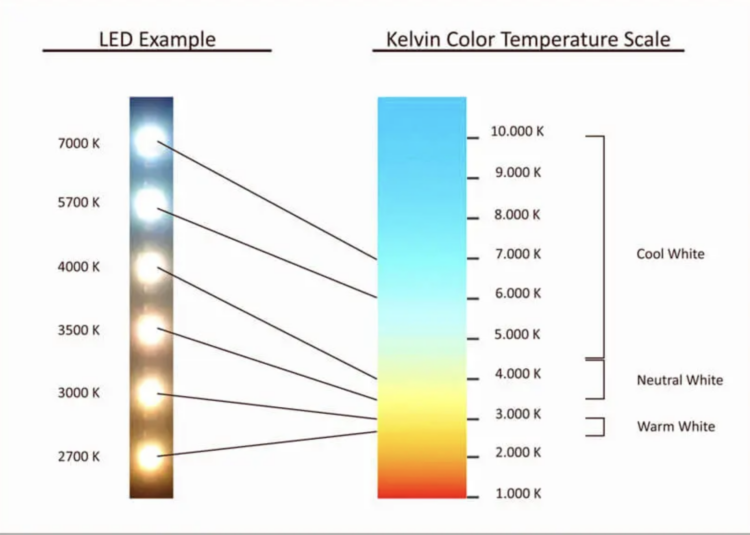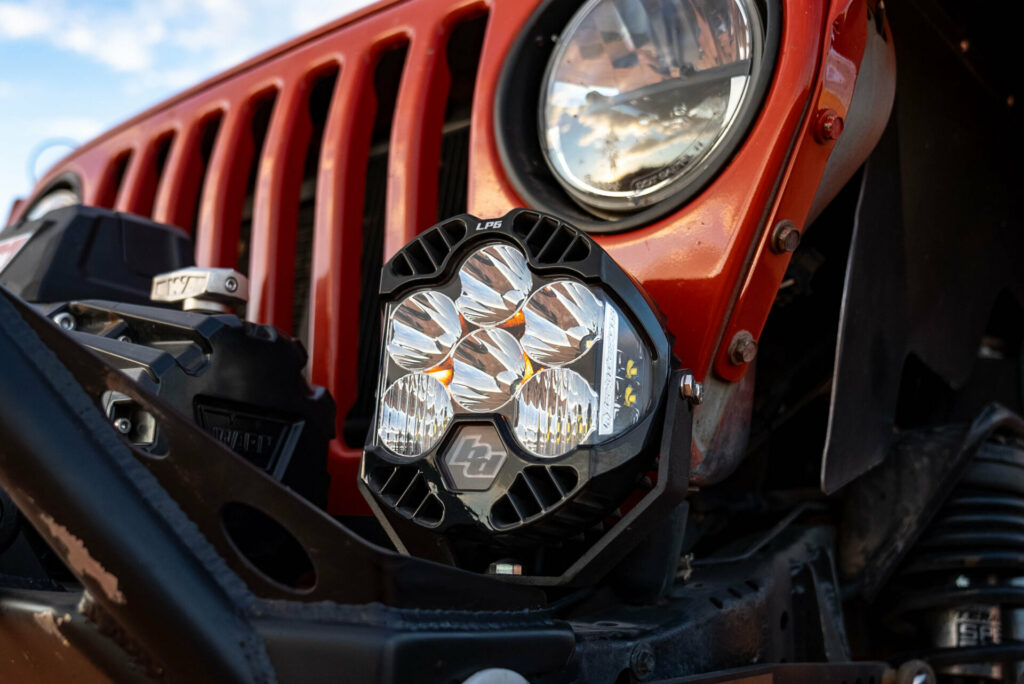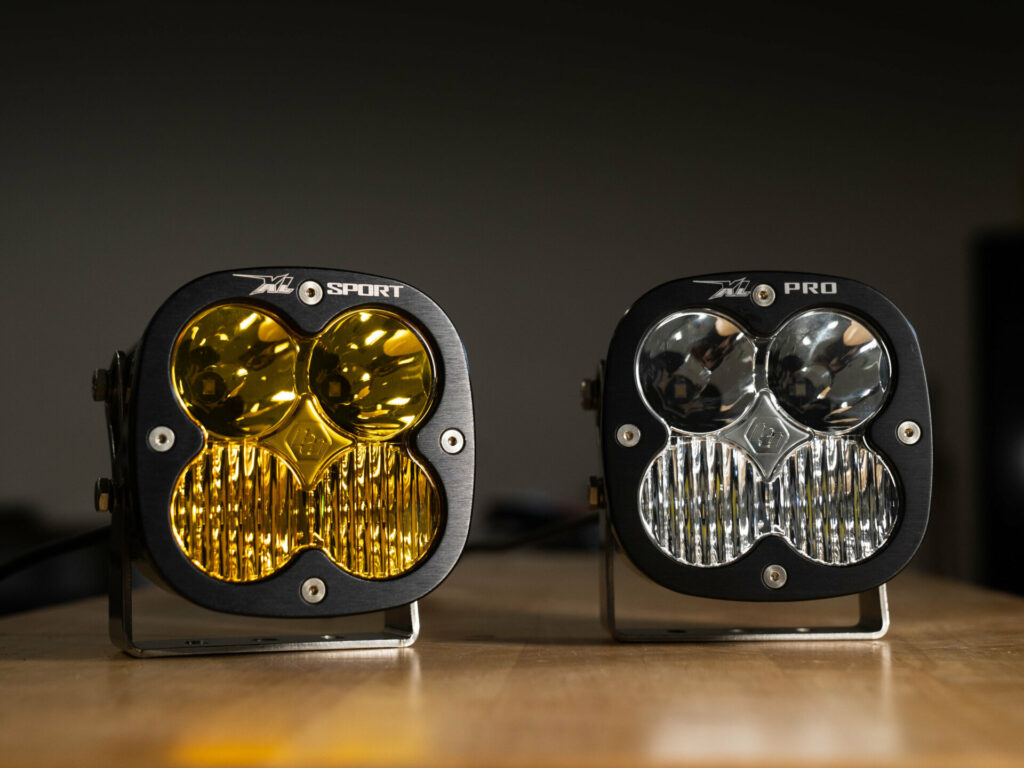Corrosive Danger Safety Sign - corrosive sign
The needs of every off-roader are different, so we’ve created a Lighting Zone system to help you mix and match the right products, with the right lenses, in the right places to achieve the absolute best results. We believe it’s not just about having the brightest lights, but using the right lights in the right way and all that ties into the right colour temperature. A high-quality and strategic lighting package will make you safer and give you that competitive edge, but it is important to understand the proper placement, power and pattern for each zone. Whether you love rock crawling and overlanding, or racing 100mph in the desert, we have lights that will perfectly illuminate each and every zone.
Best driving lights for snowand ice
When designing the most optimal lighting package, application is the main consideration to consider. If you are aiming for high-speed open desert driving, clear and intense lights are your best option. If you are driving through inclement environments such as dust, snow, or fog, then we recommend running amber lights with dimming, or high/low capability. We don’t believe that a perfect all-around light package runs solely off of just amber or clear, but in fact, a mix of both. Thankful due to our uService you are able to swap out lenses yourself and see which is best for you.
Amberdriving lights
Human eyes have evolved into seeing best at noon on a sunny day, which translates to a colour temperature of 5000° Kelvin, the same as our ClearView optical system. A colour temperature of 5000K greatly reduces driver fatigue and increases terrain recognition when compared to a great number of our competitors’ offerings, which range from 6000-6500K. Baja Design exclusively uses 5000K LEDs on all our LED lights.
Amber LEDdriving lights

Because of the decreased optical workload needed by the observer, objects in the foreground will appear sharper and more distinguishable. Subjectively speaking, many professional drivers have reported the benefits of amber-hued lights for both high and low-beam applications. Now amber does have one drawback.; Due to the colour temperature of the lens, the effective lumen value of light output are reduced by a small percentage (~15%). The white light is going to be marginally brighter than the amber when directly compared.

Yellow foglightsAustralia
Best driving lights for snowreddit

First, we need to understand how the unit of measurement of the Kelvin Scale describes the colour output of light. The Kelvin scale ranges from 1000 to 12,000; the lower the Kelvin, the warmer the colour temperature of the light and will typically represent yellow, orange, and red. The higher the Kelvin number, the cooler it will be and will be blue, indigo, or violet. Baja Designs lights emit 5000k, which is recognised the closest colour to natural daylight. Our amber lights, or more accurately selective yellow lights, are specifically designed for off-road driving in inclement conditions and are about 3000K. We use “amber” as a generic trade term to describe the alternative to our clear offerings. Through years of racing heritage and engineering, we have found selective yellow to be superior to a more orange-hued amber colour, mainly because of the greater effective lumen output.
With a clear lens, the light will project further than with an Amber lens due to its 5000k colour temperature allowing more colours of light to escape. But due to the blue, Indigo, and violet rays passing through the optics there is a greater chance that the observer will experience glare, due to the reduced ability to register those colours.
Amber colour can be achieved in several ways, with the most common being a lens or light cover that white light passes through, giving the Baja Designs signature selective yellow colour. The other way is starting with an amber-coloured LED, such as the LEDs that can be found in our RTL. Overall, amber LEDs and bulbs do not match the lumen output of the clear emitters. The most important concept to keep in mind is that regardless of clear or amber, if the intensity is too great in the environment, oversaturation will occur, and the driver will experience a reflective glare.
Best driving lights for snowaustralia
The visible light spectrum is the section of the electromagnetic radiation spectrum that is visible to the human eye. Without taking several college courses on what that means, essentially, that equates to colours the human eye can see. Each colour has a different wavelength that affects how light refracts through airborne gasses; the warmer the colour, the longer the wavelength, and the cooler the colour, the shorter the wavelength.
The off-road lighting age-old question: amber vs. clear lights. What is the difference, and can one colour of light actually be better than the other? Let’s dive into the science behind off-road light colour offerings and figure out which is best for an off-road application.









 13322766566
13322766566